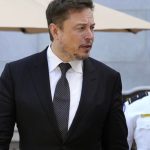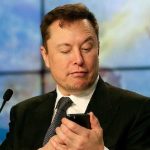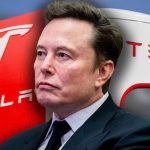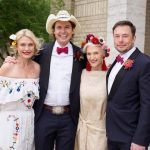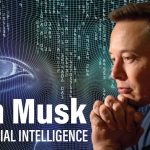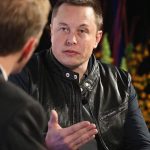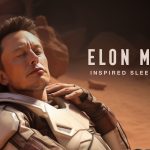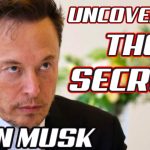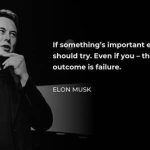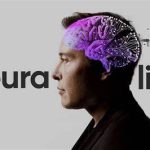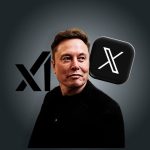Elon Musk’s Exceptional Vision: Predicting the Future
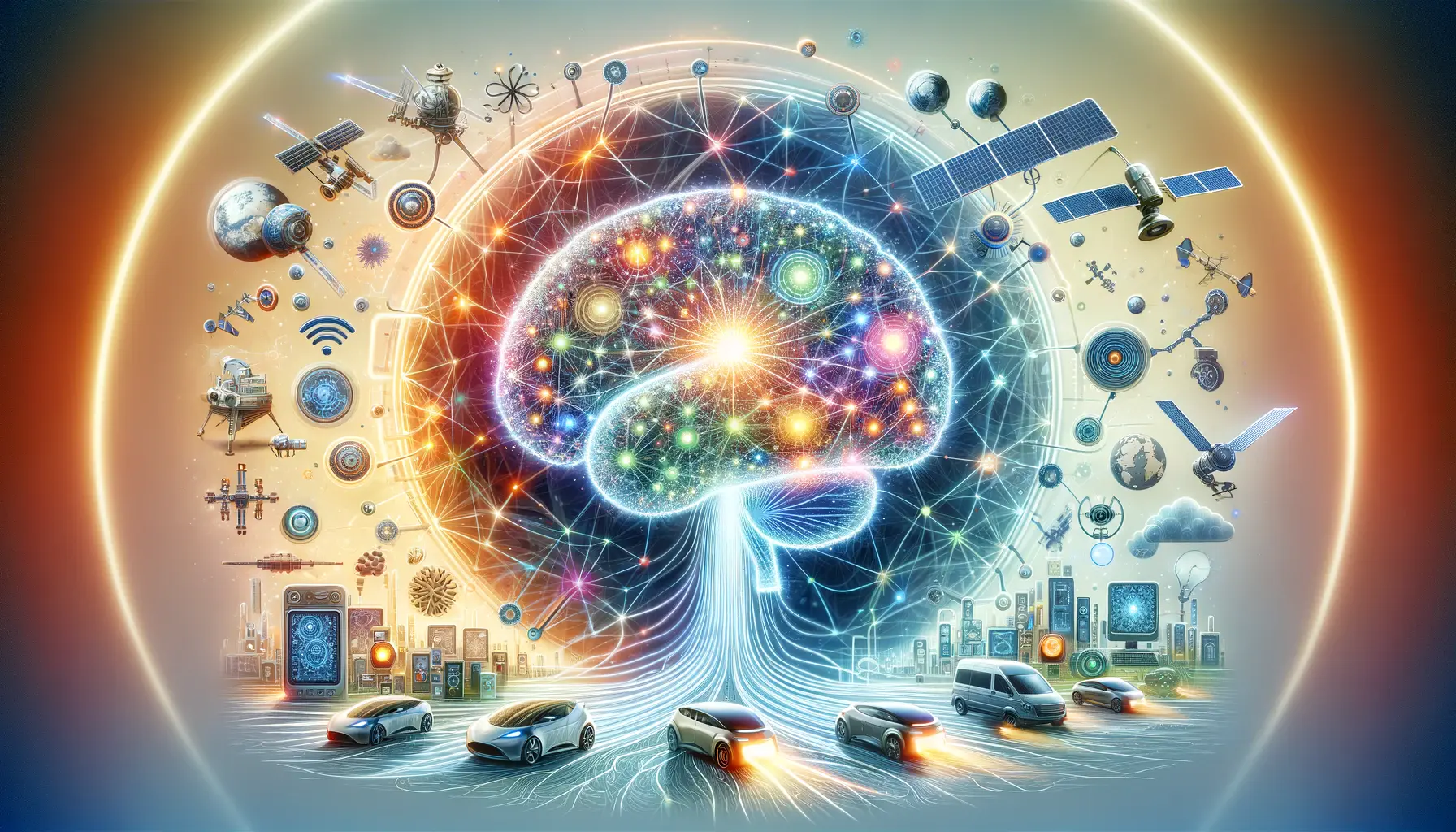
Elon Musk’s Exceptional Vision: Predicting the Future
Elon Musk, a towering figure in technology and business, has become a household name not just for his headline-grabbing successes but for his almost prophetic ability to anticipate and shape future trends. From electric cars to interplanetary travel, Musk’s ventures—Tesla, SpaceX, Neuralink, and more—seem to leap straight out of science fiction into reality. 🚀 What fuels this uncanny foresight? It’s not luck or coincidence but a blend of unique traits and strategies that set him apart. Let’s dive into the key factors behind Musk’s exceptional vision and unpack his audacious predictions for the coming decade, a period poised to redefine humanity’s trajectory.
1. Long-Term Thinking and Clear Goals
Elon Musk doesn’t play the short game. While many CEOs fixate on quarterly earnings or incremental gains, Musk’s gaze is locked on horizons decades away. His ventures are driven by audacious, world-altering goals rather than fleeting profits. Take Tesla: it’s not merely about selling electric cars—it’s a crusade to dismantle humanity’s dependence on fossil fuels, paving the way for a sustainable future. 🚗 SpaceX, meanwhile, isn’t just launching satellites; it’s Musk’s bid to make humanity a multi-planetary species, starting with Mars. 🚀
This long-term mindset stems from a deep-seated belief that small steps won’t suffice for civilization’s challenges—climate change, resource scarcity, existential risks. Musk articulated this in a 2013 interview, saying, “I want to contribute to solutions that affect the future of humanity in a positive way.” His companies reflect this ethos: Tesla’s Gigafactories aim to flood the world with batteries, while SpaceX’s Starship is designed for mass transport to Mars. Each move is a chess piece in a grand strategy, prioritizing impact over immediate returns—a rarity in a corporate world obsessed with the next earnings call.

2. Passion for Learning and Rapid Acquisition of Knowledge
Musk’s intellectual curiosity is insatiable, a cornerstone of his ability to foresee trends. He’s a self-described autodidact, famously teaching himself rocket science by devouring textbooks and grilling aerospace experts. Before SpaceX’s founding in 2002, Musk had no formal engineering background—yet he mastered propulsion and orbital mechanics to rival seasoned professionals. His approach to renewable energy with Tesla and SolarCity followed a similar path: he immersed himself in battery chemistry and solar tech, turning theory into practice at breakneck speed.
This passion isn’t passive. Musk doesn’t just learn—he synthesizes. He consults with top minds, from AI pioneers to neurologists, absorbing cutting-edge insights and applying them to his ventures. For instance, his understanding of lithium-ion batteries didn’t stop at powering cars; it birthed Tesla Energy’s Powerwall and Megapack, revolutionizing energy storage. This rapid knowledge acquisition lets him spot opportunities others miss, like the untapped potential of electric vehicles in the early 2000s when Detroit scoffed at the idea. It’s a superpower: Musk learns fast, connects dots, and acts decisively, positioning him steps ahead of the curve.
3. Vision of Technological Convergence
Musk’s genius lies not just in mastering one field but in seeing how technologies intersect to unlock breakthroughs. He’s a maestro of convergence, blending disparate innovations into cohesive, game-changing systems. Tesla exemplifies this: it’s not merely an automaker but a fusion of electric propulsion, autonomous driving software, and energy storage—a trifecta that redefines mobility and power. The Model S isn’t just a car; it’s a rolling computer with over-the-air updates, a concept borrowed from tech giants like Apple.
This vision extends across his empire. SpaceX marries reusable rockets with AI-guided landings, slashing costs and accelerating space exploration. Neuralink fuses neuroscience with computing, aiming to merge human minds with machines. Even The Boring Company ties into this web, envisioning tunnels powered by Tesla’s electric pods to ease urban congestion. Musk’s knack for spotting synergies—say, using Gigafactory batteries for both cars and homes—creates exponential possibilities, turning siloed industries into interconnected ecosystems. It’s this holistic approach that lets him predict and shape trends others can’t yet imagine.
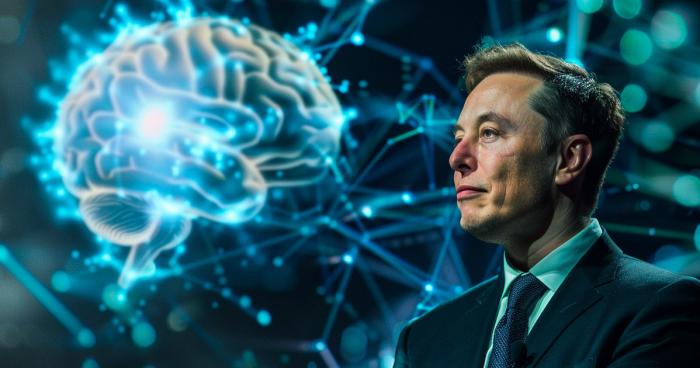
4. Bold Predictions About the Future
So, what does Musk foresee in the next decade? His predictions are as ambitious as they are provocative, rooted in his ventures’ trajectories and his belief in technology’s transformative power. Here’s a glimpse:
- Full Self-Driving Cars: Musk envisions a world where autonomous vehicles dominate roads by the early 2030s. Tesla’s Full Self-Driving (FSD) system, already in beta, could make human driving obsolete—or even illegal, as he’s suggested, citing safety. With FSD-equipped Teslas logging millions of miles, he predicts accident rates could drop tenfold, reshaping transportation and urban planning. 🚦
- Colonization of Mars: Musk’s most cosmic dream is a self-sustaining Martian city by 2035. SpaceX’s Starship, capable of carrying 100 passengers, is the linchpin. He’s targeting uncrewed missions by 2026, followed by human landings soon after, with a million residents on Mars within decades—a “backup plan” for Earth’s survival. 🪐
- Breakthrough Development of Artificial Intelligence (AI): Through xAI, Musk aims to accelerate human discovery, predicting AI will supercharge science and medicine by 2035. Yet, he’s wary of its risks, warning of unchecked “superintelligence.” He advocates for regulation, believing controlled AI could amplify human potential without existential peril. 🤖
- Brain-Computer Interface (Neuralink): Musk’s Neuralink is racing to implant chips in human brains by the late 2020s, starting with treating conditions like paralysis or Parkinson’s. Beyond medicine, he sees a future where these interfaces boost memory, speed cognition, or link minds to computers—think telepathic texting by 2035. 🧠💻
- Dominance of Renewable Energy: Musk forecasts solar and wind overtaking fossil fuels as the world’s primary energy sources by the mid-2030s. Tesla’s Solar Roof, Powerwall, and Gigafactories will drive this shift, with battery costs plummeting and grids greening—a vision already unfolding as solar adoption soars. ☀️
These predictions aren’t idle musings—they’re roadmaps backed by billions in investment and relentless execution, from Starship test flights to Neuralink trials. Musk’s track record—electric cars were a niche when he started Tesla—lends them weight, even if timelines often slip.
5. Willingness to Accept Risks and Failures
Musk’s vision isn’t flawless—he embraces risk and failure as fuel for progress. SpaceX’s early days were a litany of explosions; the Falcon 1 failed three times before its 2008 triumph, nearly bankrupting the company. Yet, Musk pressed on, viewing each fireball as a lesson. “Failure is an option here,” he’s said. “If things are not failing, you are not innovating enough.” Tesla faced similar near-death moments—production hell with the Model 3 in 2018 tested his resolve, but he slept on factory floors to push through.
This fearlessness sets him apart. Where others retreat, Musk doubles down, betting big on unproven ideas—reusable rockets, brain chips, Martian colonies. His 2022 Twitter acquisition, despite chaos and backlash, reflects this: a $44 billion risk to reshape communication. Failures sting—SpaceX’s Starship blowups still draw jeers—but they refine his path, honing predictions into realities. It’s a high-stakes dance, and Musk’s willingness to stumble makes his successes all the more extraordinary.
Conclusion: A Visionary’s Decade Ahead
Elon Musk’s exceptional vision springs from a potent mix: a long-term lens that dwarfs short-term thinking, a voracious appetite for knowledge, a knack for technological fusion, and a boldness that shrugs off risk. His predictions—self-driving fleets, Martian cities, AI leaps, brain-computer links, and a renewable energy revolution—aren’t just forecasts; they’re blueprints he’s actively building. By 2035, we may see Teslas navigating cities sans drivers, Starships ferrying pioneers to Mars, and Neuralink chips unlocking human potential, all powered by a solar-charged grid.
Skeptics scoff at his timelines or call him a showman, but Musk’s history—turning EVs from a punchline to a powerhouse—suggests he’s no mere dreamer. His vision reshapes industries, inspires imitators, and challenges humanity to aim higher. The next decade will test his prophecies, but one thing’s certain: Musk’s surprises will keep us watching, marveling, and perhaps living in a world he’s long seen coming. 🎉
